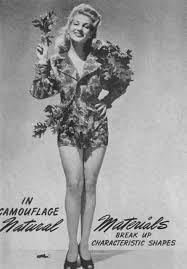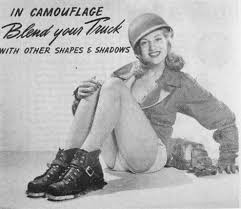Sacred spaces
In the November issue of the Urbanite (pdf here), Zoë Saint-Paul looked at “The Sacred City,” a topic that we discussed when she was writing the piece, and one that I found provocative once she got me thinking about it. I am always on the lookout for peaceful places in Mobtown, but it doesn’t take long to see that the quiet and the sacred are not one and the same. At the time, I jotted down some notes on the theme and pass them along here, with only a few edits.

What constitutes the sacred? For me, it is something that enables one to feel one’s insignificance: to contemplate death, or the sweep of history, ideals, or one’s place in the world—in short, a feeling of humility. I place a great deal of importance on the divinity of man, however one thinks of that, and so I’m generally drawn towards the intersection, the harmony, of man and nature. (Many find the wilderness a sacred place, but not me—we are frequently reminded of the destructive power of nature.) That leaves one with the chance to catch a bit of the religious impulse, the happy and bittersweet feeling when one is connected to the moment, the place, oneself.
In the early 1980s, I was paying a visit to Père-Lachaise cemetery in northeast outskirts of Paris, searching for the grave of Guillaume Apollinaire, when I came upon a small group standing over his tomb, one of their number—a middle-aged man—reading several of his poems. I observed the rite from a distance, standing in the drizzling rain until they were done before my own visit. When we contemplate great men and women, their works, and their legacy, we may experience the sacred. I remember finding myself on the National Mall one winter evening when virtually no one was around, thinking about the remarkable founders honored there, a wellspring of patriotism.


Silbury Hill, Wiltshire (1985)
[Photo credit: Marilyn Bridges, from Markings: Aerial Views of Sacred Landscapes (Aperture, 1986); this largest man-made hill in Europe reaches 130 feet in height and covers some 5.25 acres. Believed to have been built in four stages beginning in c. 2500 BCE, it is said to be the burial place of King Sil, who was interred sitting on horseback. In fact, it may have served as an astronomical observatory.]

Relative quiet is helpful, but not required. I enjoy being out-of-doors where other people are going about their business, but not engaging me directly. I love the sound of the tugboats in the harbor at Fells Point, of the trains as they make their way through east Baltimore, of (even!) the crowd at the ballpark on a beautiful September evening.
When I was visiting the pyramids at Giza, I was endlessly frustrated at my inability to find peace in what is clearly a magical place—not the crowds, actually—the place is so big that it’s easy to avoid others, at least if everyone is pursuing the same strategy—but they aren’t: folks are hawking camel rides, selling souvenirs, offering to show you around, and they won’t go away. Later in the day, when I was several pyramids down at Saqqara (the “step pyramid”) and a storm was threatening, I [more or less] had the place to myself. Much smaller than Giza, but more personally profound, since I had a little slice of quiet.
A place to sit, or recline, is almost essential.
Physical comfort is essential. No cold!
Familiarity, a sense of being rooted to the place, helps—I’m pretty comfortable in Baltimore, having lived here for most of my adult life (save five years in California). I love Los Angeles, and have the ability to find a sacred place almost anywhere out there (it has more than a little to do with the climate, and the land, and the ocean, but there is also something about the place that makes me happy).
The familiar does not have to be due to direct experience. Folks feel comfortable in religious buildings the world over, and I felt at home in Paris the first time I ever visited, the result of years of middle-school French class indoctrination. I once visited Istanbul based on the purchase of a Victorian travelogue. Sometimes our “fit” with a place can be almost mystical, no?
The strange can be marvelous, but an awesome place is not the same as a sacred one.













































